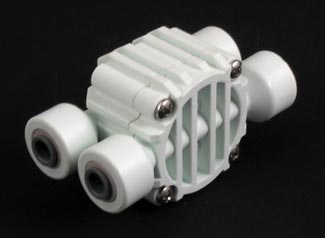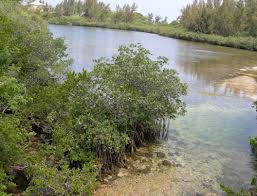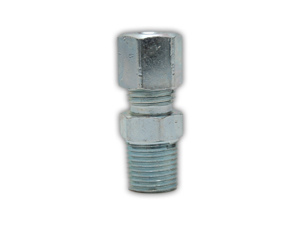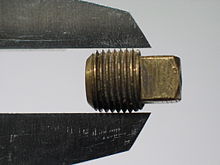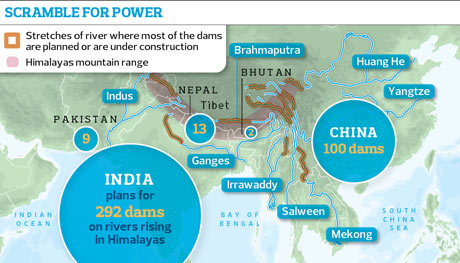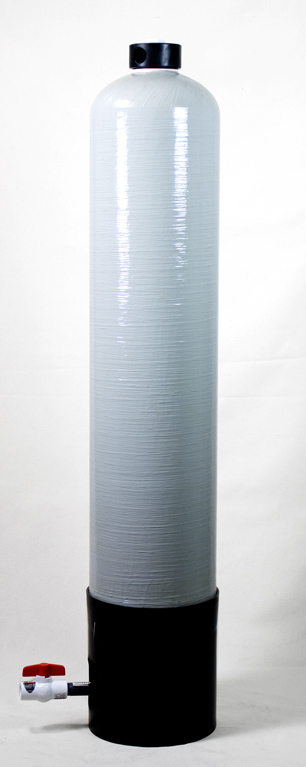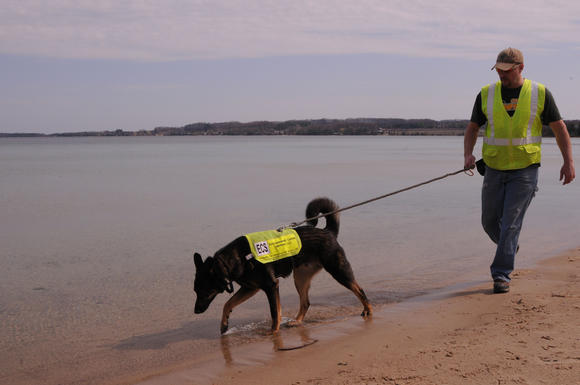Where Has All the Water Gone?
by Elizabeth Cutright
“They are sucking all of the water out of the ground, and there are just hundreds and hundreds of water trucks here every day bringing fresh water out of the wells.”
A few weeks back, I proposed a “water scarcity road trip” to visit the nine cities that, according to 24/7 Wall St., were in danger of running out of water. Last week, I wondered how long it would take for the powers-that-be to realize our dwindling reservoirs are equivalent to a climate change canary-in-a-coalmine.
This week, I’d hoped to cover something a little more upbeat—infrastructure funding, perhaps. Or recent developments in water treatment technology. Perhaps an overview of the latest demand management success stories from across the nation.
Instead, I’m forced to return once again to the well of water shortages—with two pieces catching my eye this Monday morning, both containing dire warnings about the state of our water resources and highlighting how the rule of unintended consequences is about to deliver a knock-out punch to water resource management.
Let’s start with yet another survey of water-strapped cities, this one conducted by the University of Florida in 2012. By assessing the “water availability and vulnerability for ss5 urban areas nationwide, based on fresh water per person,” this U of Florida report has resulted in a list of 20 cities vulnerable to extreme water shortages. Spanning several states and regions throughout the country, the list includes Duluth, MN, (at a startling #1); Tampa, FL; Tucson, AZ; Los Angeles, CA; and Chicago, IL. Ranked according to water availability, the list includes the usual suspects (clustered in the Southwest), along with some surprising contestants along the North Atlantic and the Midwest.
The researchers point to a variety of factors that contributed to the final list candidates, including allocation of resources as well as the potential for climate change and crumbling infrastructure to disrupt (and perhaps irrevocably damage) conveyance systems.
Meanwhile, in Texas, the water-energy nexus is coming head-to-head with the unintended (though not unpredicted) consequences of unrestrained natural gas extraction (aka fracking). According to a findings initially reported in The Guardian and explained further in an article from Mother Jones, approximately 30 Lone-Star communities could run out of water by the end of the year. And while fracking is only one piece of a puzzle that includes increased demand and three years of drought, many residents and experts believe that natural gas extraction—with its water requirements both in the initial well injection, but also with its pollution side effects—is accelerating water shortages throughout the region.
In describing the scene to Mother Jones, resident rancher Buck Owens told the magazine, “They are sucking all of the water out of the ground, and there are just hundreds and hundreds of water trucks here every day bringing fresh water out of the wells.”
As Mother Jones journalist Suzanne Goldenberg explains, fracking is only complicating the situation in West Texas, a region that already “has a long history of recurring drought” that is further complicated by climate change and a situation where “even as the drought bore down, even as the water levels declined, the oil industry continued to demand water and those with water on their land were willing to sell it.”
Nevertheless, even without fracking, the situation in Texas—with aquifers well past the ability to regenerate quickly—looks grim and perhaps another type of extreme weather can provide a respite if not a solution.
“We’ve got to get floods. We’ve got to get a hurricane to move up in our country and just saturate everything to replenish the aquifer,” Owens told Mother Jones. “Because when the water is gone, that’s it. We’re gone.”
Source: Water Efficiency.
Source: Inside Science.





